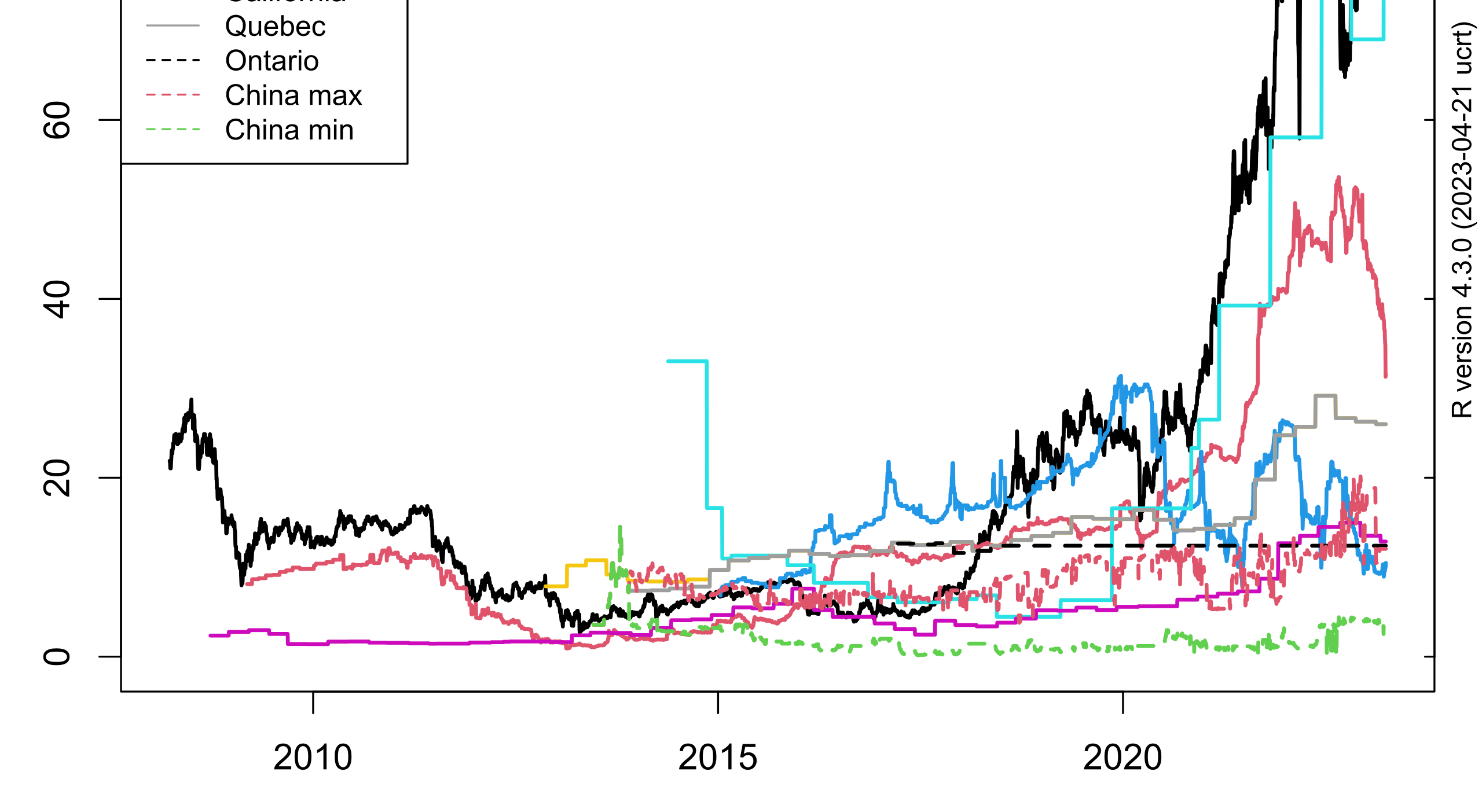What is the voluntary carbon market, and can it help reduce climate heating?
Climate change is no longer a distant threat; it’s an urgent reality demanding immediate action. As the world grapples with the consequences of rising greenhouse gas emissions, innovative solutions are emerging to combat this global challenge. One such solution gaining prominence is the Voluntary Carbon Market (VCM), a platform where companies, organizations, and individuals can offset their carbon footprints. But can this market truly deliver on its promise of a cleaner planet?
Carbon Offsets: The Core of the Voluntary Carbon Market
At the heart of the Voluntary Carbon Market lies the concept of carbon offsets. Imagine a scenario where a company’s operations generate significant carbon dioxide (CO2) emissions. The VCM offers them a means to compensate for this environmental impact by purchasing “carbon credits.” These credits symbolize one metric ton of CO2 (or the equivalent amount of another greenhouse gas) that has either been prevented from entering the atmosphere or removed from it altogether.
A key strategy for carbon offsetting projects focuses on emission avoidance. This involves investing in initiatives that prevent greenhouse gases from entering the atmosphere. Examples include supporting the development of renewable energy sources like solar or wind farms, which displace electricity generation from polluting fossil fuel plants. By financing these preventative measures, carbon offsetting goes beyond simply removing existing emissions, actively contributing to a cleaner energy future.
Complementing emission avoidance strategies, another key approach in carbon offsetting projects centers on removing existing carbon dioxide from the atmosphere. This involves financing activities that act as carbon sinks. Examples include large-scale tree planting initiatives, where growing trees absorb and store CO2 through photosynthesis. Additionally, innovative technological advancements in carbon capture and storage (CCS) are emerging. CCS projects capture CO2 emissions from industrial sources like power plants and then securely store them underground, preventing them from reaching the atmosphere. By funding these removal projects, carbon offsetting contributes to actively reducing the overall concentration of greenhouse gases in the environment..
By purchasing carbon credits, companies essentially “offset” their emissions by supporting initiatives with a positive climate impact. This allows them to demonstrate progress towards sustainability goals while continuing efforts to reduce their emissions footprint.
See also: Coffee Biochar Concrete Carbon Sequestration.
Why is the Voluntary Carbon Market Important?
The Voluntary Carbon Market holds significant potential in the fight against climate change for several reasons. While regulatory measures like carbon pricing schemes are gaining momentum, they are not universally implemented. The VCM provides an immediate avenue for climate action, even without stringent regulations.
The purchase of carbon credits generates crucial funding for projects that reduce or remove greenhouse gases. This financial support can bolster initiatives such as renewable energy development, forest conservation efforts, or advancements in carbon capture technologies. Many companies have set ambitious targets to achieve net-zero emissions. The Voluntary Carbon Market enables them to offset unavoidable emissions while striving to become more sustainable.
Concerned consumers can leverage the Voluntary Carbon Market to offset their emissions from specific travel or their entire lives. This empowers individuals to take a more active role in reducing their environmental footprint by directly financing projects that reduce or remove greenhouse gases from the atmosphere. Find reputable providers offering verified carbon credits to ensure your contribution supports impactful sustainability initiatives. Remember, offsetting is one piece of the puzzle – prioritizing energy efficiency and reducing consumption remain crucial for a lower carbon footprint.
Despite its benefits, the VCM faces several challenges:
Ensuring carbon credits represent actual, measurable emission reductions is paramount. Robust verification systems and transparent reporting are essential to prevent instances of “greenwashing.” This is why carbon credits for projects that produce biochar and calcium carbonate are highly regarded. Compared with forestry, which may be vulnerable to destruction in the future, these are considered more permanent forms of carbon sequestration.
Robust accounting mechanisms are essential to ensure the integrity of the Voluntary Carbon Market and prevent double counting. This means avoiding situations where a single emission reduction is claimed by both the project developer who implemented the initiative (e.g., planting trees) and the individual or entity that purchases the resulting carbon credit. Clear rules and tracking systems are needed to guarantee that each carbon credit represents a unique and verified reduction in greenhouse gases.
Shoring up transparency throughout the Voluntary Carbon Market is crucial. This means making information readily available about project selection criteria, methodologies used for calculating emissions reductions, and independent verification processes. Increased transparency allows for better monitoring of projects and helps prevent greenwashing – where projects inflate their environmental benefits. A clear view of the VCM fosters trust and ensures that carbon credits represent legitimate contributions to emissions reduction efforts.
To unlock the full potential of the Voluntary Carbon Market (VCM), streamlining procedures and potentially reducing costs associated with carbon credit generation and verification is crucial. This could involve simplifying methodologies or leveraging technological solutions to make the process more efficient. By making participation less complex and potentially more affordable, the VCM can become more accessible to a wider range of project developers and individuals looking to offset their emissions, ultimately boosting the market’s impact in tackling climate change.
The Voluntary Carbon Market has the potential to drive investment in climate solutions and expedite the transition to a low-carbon future. However, its success hinges on addressing existing challenges and ensuring transparent and accountable operation. As the VCM evolves, it can serve as a powerful tool in empowering individuals, organizations, and businesses to mitigate their carbon footprint and contribute to a healthier planet for future generations.










